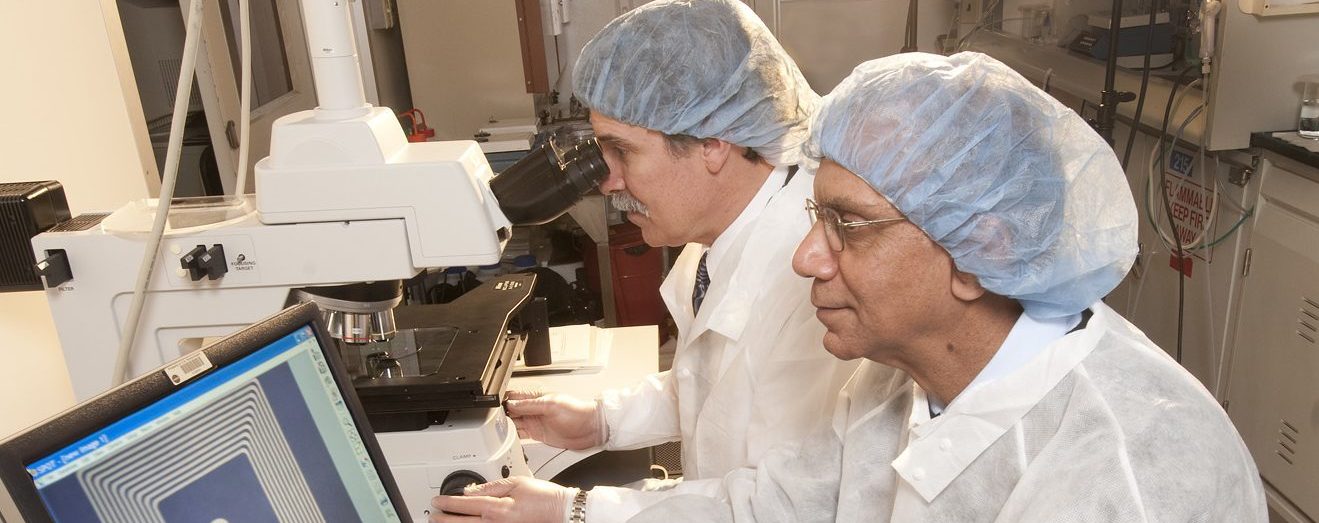2024-10-11 カリフォルニア大学バークレー校(UCB)
<関連情報>
- https://news.berkeley.edu/2024/10/11/using-ai-and-inaturalist-scientists-build-one-of-the-highest-resolution-maps-yet-of-california-plants/
- https://www.pnas.org/doi/10.1073/pnas.2318296121
ディープラーニングモデルが市民科学とリモートセンシングデータから植物種の急激な変化をマッピング Deep learning models map rapid plant species changes from citizen science and remote sensing data
Lauren E. Gillespie, Megan Ruffley, and Moises Exposito-Alonso
Proceedings of the National Academy of Sciences Published:September 5, 2024
DOI:https://doi.org/10.1073/pnas.2318296121

Significance
Worldwide, plant biodiversity is changing rapidly due to habitat destruction and a warming climate. However, we lack methods at high enough spatial and temporal resolution to detect these changes for individual species. Here, we develop a deep learning-based approach trained with citizen science data that detects thousands of plant species from satellite or aerial imagery. We show how this approach can detect individual species at meter-resolution in California and can detect rapid changes in the makeup of plant communities across both space and time. Our approach provides an efficient way to map plant biodiversity from above that is easily scalable to a global system for monitoring plant biodiversity.
Abstract
Anthropogenic habitat destruction and climate change are reshaping the geographic distribution of plants worldwide. However, we are still unable to map species shifts at high spatial, temporal, and taxonomic resolution. Here, we develop a deep learning model trained using remote sensing images from California paired with half a million citizen science observations that can map the distribution of over 2,000 plant species. Our model—Deepbiosphere—not only outperforms many common species distribution modeling approaches (AUC 0.95 vs. 0.88) but can map species at up to a few meters resolution and finely delineate plant communities with high accuracy, including the pristine and clear-cut forests of Redwood National Park. These fine-scale predictions can further be used to map the intensity of habitat fragmentation and sharp ecosystem transitions across human-altered landscapes. In addition, from frequent collections of remote sensing data, Deepbiosphere can detect the rapid effects of severe wildfire on plant community composition across a 2-y time period. These findings demonstrate that integrating public earth observations and citizen science with deep learning can pave the way toward automated systems for monitoring biodiversity change in real-time worldwide.


